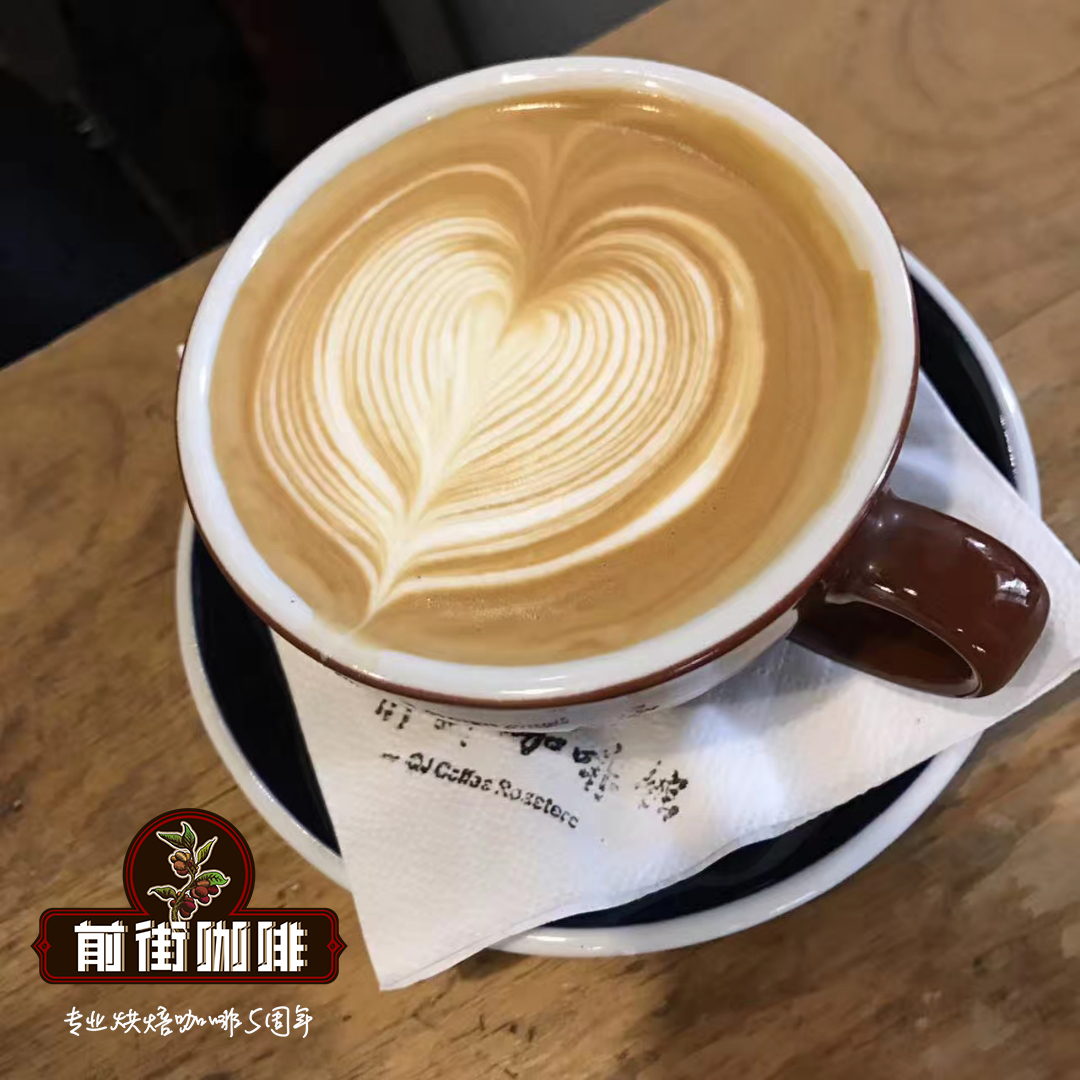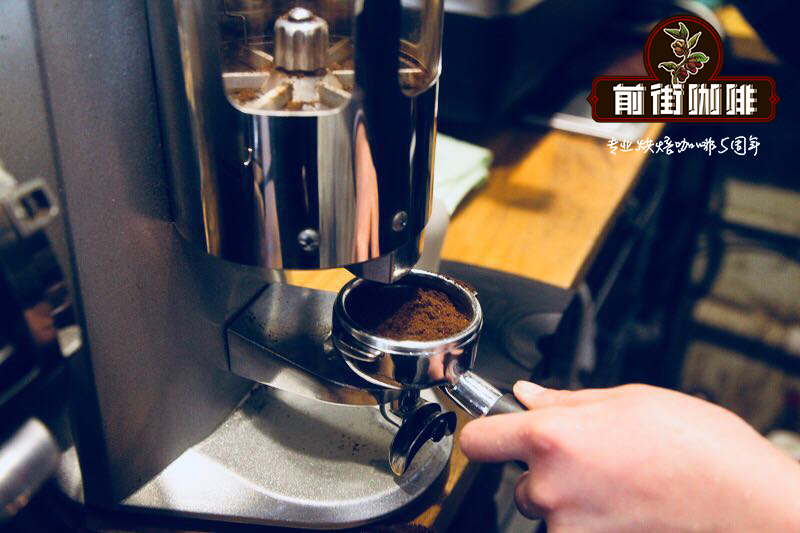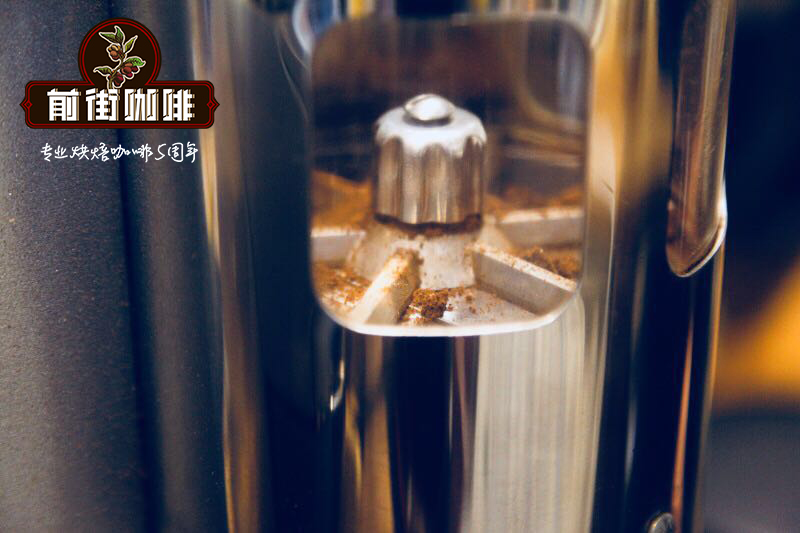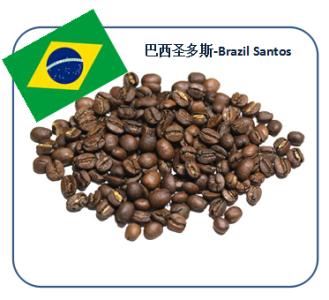What is the grinding scale of deep-baked espresso beans? how to drink deep-baked espresso beans
What is the better grinding scale for deep-baked Italian coffee beans?

Professional coffee knowledge exchange more coffee bean information please follow the coffee workshop (Wechat official account cafe_style)
Generally speaking, there will be a median on the Italian bean grinder, which can be regarded as a relative standard, which can be fine-tuned as needed, and it should be easier to find on the adjusting plate.
To make espresso, we usually use 8-10 g powder for single bowl and 14-16 g for double bowl. Other brewing methods do not need to use Italian bean grinder, manual most do not have scale, electric to commonly used little eagle little flying horse is more common, siphon pot is generally 3 degrees, hand 4-5 degrees (depending on the powder thickness of some differences) method pressure 5 degrees, mocha pot 2 degrees, but the relative value should be adjusted according to their own habits and bean grinder conditions.
The Italian grinder used in Qianjie Coffee is Pegasus 800N. Generally, the grinding degree of Qianjie Coffee to make Italian coffee is about scale 2, but it needs to be fine-tuned every day, due to the different exhaust condition and humidity of beans, the change of machine pressure and other factors, the degree of grinding is not immutable.
Why adjust the grinding degree of the bean grinder?

When the coffee bean enters the grinder, the blade in the grinder will crush the coffee bean into powder. The smaller the distance between the blade and the blade, the smaller the coffee beans will be ground into smaller particles. The finer the grinding particles are, the tighter they are, and the more difficult it is for the water to pass through, thus greatly prolonging the extraction time. On the contrary, if the distance between the blades increases, the ground particles will become rougher, the flow of water will be easier to pass through, and the extraction time will be faster. To take a simple example, like stones and fine sand, water flows much faster through stones than fine sand, because there is more space between the stones for the flow of water to pass quickly. Therefore, the correct grinding is very important, and the particle size directly affects the quality of the extraction.
Qianjie Coffee believes that the production of espresso is mainly extracted by machine, and the pressure and water temperature of the machine are all fixed. The factors that can be artificially adjusted are the degree of grinding of coffee powder, the amount of powder, the method of powder cloth and pressing powder, and the extraction time!
Share the grinding ideas of Qianjie coffee:

For example, the amount of powder used in Qianjie Coffee is 13-14 grams on a single head and 20-21 grams on both ends (the specific amount of powder needs to be determined according to the capacity of the powder bowl you use); the ratio of powder to water is 1.5 on a single head and 2 on both ends; the extraction time is controlled between 25 and 30 seconds.
The amount of powder, siphon generally 10-12g per person, hand flush 12-15g per person plus 8-10g for each additional cup, Mocha kettle filled with powder trough to 89 minutes, French kettle generally 10g per person. The water temperature, grinding thickness, brewing time and powder amount of coffee can be said to be variables in a certain range. Each quantity has a certain amount of controllable space, but when each quantity changes, the other quantities have to change accordingly, so if you really want to master brewing skills, you can only rely on experience, and you can't become a barista according to this formula.
Hand punching pot, French pressing pot and American dripping coffee machine generally grind particles with medium roughness (No. 7-6 scale). Siphon pot, Belgian royal pot, generally medium grinding particles (6-4 scale), love pressure, mocha pot are generally medium-fine grinding particles (4-3 scale), Italian espresso machine, ice drop pot are generally fine grinding particles (3-2 scale), Turkish coffee maker is generally ultra-fine grinding particles (1 scale), judging method, medium or coarse particles are sugar size Medium or medium fine particles are the size of sea salt particles, and medium or fine particles are the size of flour but with sandy handle, while ultra-fine particles such as flour have no obvious feel.
End
Important Notice :
前街咖啡 FrontStreet Coffee has moved to new addredd:
FrontStreet Coffee Address: 315,Donghua East Road,GuangZhou
Tel:020 38364473
- Prev

Coffee powder common grinding thickness picture grinder which is better
There are many factors affecting the grinding degree of coffee powder, including the roasting degree of coffee beans (although the coffee beans used by Espresso should use a deeper roasting degree, but sometimes different roasting degrees may be used to roast the formula beans in order to pursue a richer taste), blending formula and so on. All of the above are the most common and can be used for
- Next

The effect of steaming time on Coffee-Why steaming hand Coffee
The effect of coffee steaming time on coffee-why hand-steamed coffee? the space formed by steaming coffee with good steaming is approximately uniform, and the flow rate of coffee liquid filtered downward is also uniform. If a good filter layer can not be formed, then stagnant water will be formed, the drip filtration rate will be slowed down, the extraction time will be prolonged, and then the phenomenon of excessive extraction will be formed. The coffee will also taste messy.
Related
- Beginners will see the "Coffee pull flower" guide!
- What is the difference between ice blog purified milk and ordinary milk coffee?
- Why is the Philippines the largest producer of crops in Liberia?
- For coffee extraction, should the fine powder be retained?
- How does extracted espresso fill pressed powder? How much strength does it take to press the powder?
- How to make jasmine cold extract coffee? Is the jasmine + latte good?
- Will this little toy really make the coffee taste better? How does Lily Drip affect coffee extraction?
- Will the action of slapping the filter cup also affect coffee extraction?
- What's the difference between powder-to-water ratio and powder-to-liquid ratio?
- What is the Ethiopian local species? What does it have to do with Heirloom native species?

